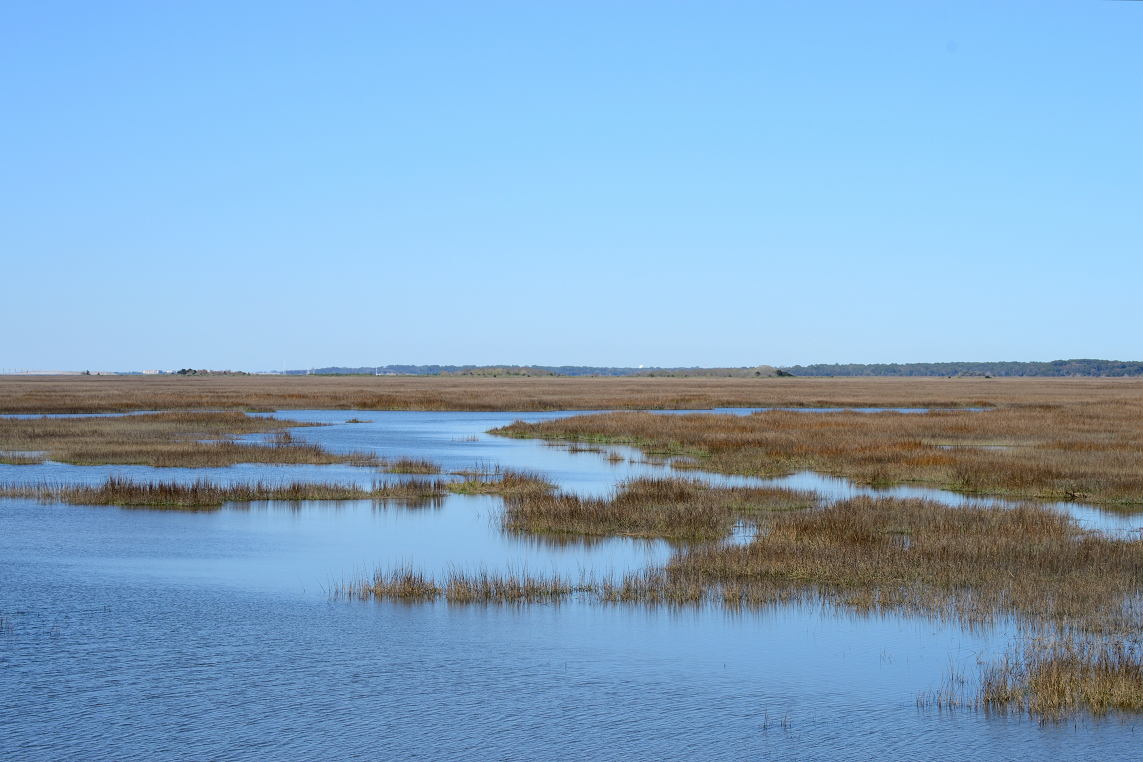Ecocentricity Blog: At the Beach
By: John A. Lanier

Ecocentricity Blog: At the Beach
My wife and I agree to disagree. Admittedly, she’s from Florida, so I don’t think I was ever going to convince her to be on my side. That deck is too stacked. But would I cross the line and join her ranks? That was always the question, and I think it’s clear after seven years of marriage that the answer is no. She’s a beach girl, and I’m a mountains guy, and our brokered peace will have to endure the test of time.
Don’t get me wrong, we both enjoy any vacation no matter the setting, but we do have our clear preferences. My wife is drawn to the warmth of the sun, the fun of splashing in the waves, and the book-reading environment that lounging on the sand offers. I’m drawn to the smell of the mountains, the coziness of a fire to push back the air’s chill, and the immersion in nature that you experience hiking in mountain forests.
Upon further reflection, I think it’s that last point for me that really stands out. When I think of the mountains, I imagine dense forestland with clear-flowing streams and the color green as far as the eye can see. When I think of the beach, my mind is drawn to the images of my childhood vacations: white sand, crashing waves, and pesky seabirds that want to eat the lunch we packed. My bias is that the mountains are teeming with life, while the beach is as devoid of it as a desert.
But that thought is exactly what I called it – a bias, and a faulty one at that. When I stop thinking of the beach as a vacation destination, and instead think of it as part of a coastal ecosystem, it is as teeming with life as the lushest mountain side. An amazing amount of flora and fauna have learned how to make a home where the saltwater meets the land, and the end result is some of the best carbon sinks on the planet.
The term for this is “blue carbon,” or the carbon that is sequestered in marine and coastal habitats. Much like how the trees in my beloved mountains sip carbon dioxide from the atmosphere and store it in the soil and their biomass, so too do mangroves, seagrasses and algae. In fact, these ecosystems tend to be more efficient at carbon sequestration than terrestrial forestland, because more of the carbon uptake in coastal and marine ecosystems is stored in soils compared to inland habitats. This makes the carbon sequestration more durable – the carbon atoms are generally pulled down and trapped, rather than pulled down and then released back upon decomposition. Over the millennia, this scientific phenomenon has resulted in the storage of incredible amounts of carbon.
The problem is, when we disturb those carbon-rich soils and degrade blue carbon habitats, the long-trapped carbon is released. That means that coastal habitat degradation is currently a contributor to global warming, but it doesn’t have to stay that way. If we prioritize the conservation, management, and regeneration of coastal ecosystems, we can turn that ship around. That’s why coastal wetland protection and restoration are some of Project Drawdown’s climate solutions, and it explains how they are one of the Drawdown Georgia high-impact climate solutions, even though we only have 100 miles of coastline.
So on your next trip to the beach, don’t be like me and think about the mountains. See that vacation destination as the climate hero that it can be.
This blog is available weekly via email subscription. Click here to subscribe.
Ecocentricity Blog: In Memoriam: E.O. Wilson

